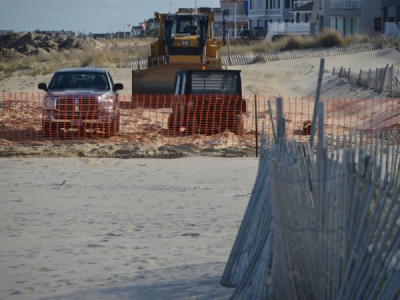
Posted on April 15, 2019
The Port of Seattle’s Terminal 5 in the US state of Washington is set to “return to use as a premier international container terminal” after both building and lease agreements were approved by the managing members of The Northwest Seaport Alliance (NWSA).
The members voted to give the green light to the agreements and construction in early April, with the NWSA (the marine cargo-operating partnership of the ports of Seattle and Tacoma) stating in a release that modernisation of the facility lets the alliance extend cargo-handling capabilities and stay competitive in the shipping sector.
According to the organisation, Terminal 5 needs to be prepared to handle the ultra large container vessels that are calling more at ports on the US West Coast.
Ships regularly calling at the NWSA’s gateway have seen capacity increase from 4,800 teu in 1997 to 14,000 teu currently.
Commenting on the Terminal 5 modernisation — with investment in the facility set to create over $2bn in business activity, plus 6,600 new direct jobs — Clare Petrich, NWSA co-chair, said: “Terminal 5 will be able to handle the largest marine cargo vessels now being deployed in the Asia–Pacific trade route quickly and efficiently, providing a critical link for Washington state exports to Asian markets, both for agricultural products such as hay, apples and potatoes as well as containerised cargo for customers such as Paccar and Starbucks.”
Exploring the project
Within the package approved in early April, the Terminal 5 lease lets joint venture entity SSA Terminals start operating there once phase one building work is finished in 2021.
Additionally, the current lease at Terminal 18 will be altered to bring in conditional consent for the lease to be assigned to the new joint venture and waive a rail yard fee.
The current Terminal 46 lease with Total Terminals International will end early, allowing international container cargo be realigned to Terminal 18, with this allowing the Port of Seattle to operate a cruise berth on a section of the property, with breakbulk or project cargo on the remaining, bigger property section.
Additionally, Matson’s Hawaii service will move to the south berth at Terminal 5 during building of the north berth, making extra room at Terminal 30 for international container cargo.
The deal, which features future commitment for a second stage, constitutes around half a billion dollars in public and private local economy investment.
Source: joc.com





